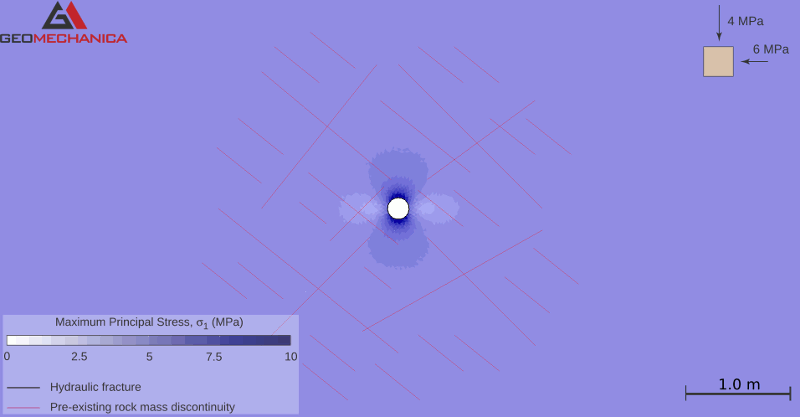A more complete understanding of the evolution of a rock mass or geomaterial under stress is provided through the combination of observations from seismic and microseismic monitoring with fully controlled geomechanical models. The capability of predicting the rock mass response to applied stress changes allows the optimization of engineering operations so that costs and risks are minimized. Geomechanica (http://www.geomechanica.com) develops Irazu: a versatile 3D and 4D geomechanical simulation package based on the finite-discrete element method (FDEM). A distinctive feature of Irazu is the ability to explicitly capture fracture and fragmentation processes in brittle geomaterials, without any a priori assumptions regarding the failure mode or failure path. Thus, complex, non-linear behaviour can be captured numerically. Irazu's key features (http://irazu.geomechanica.com):
